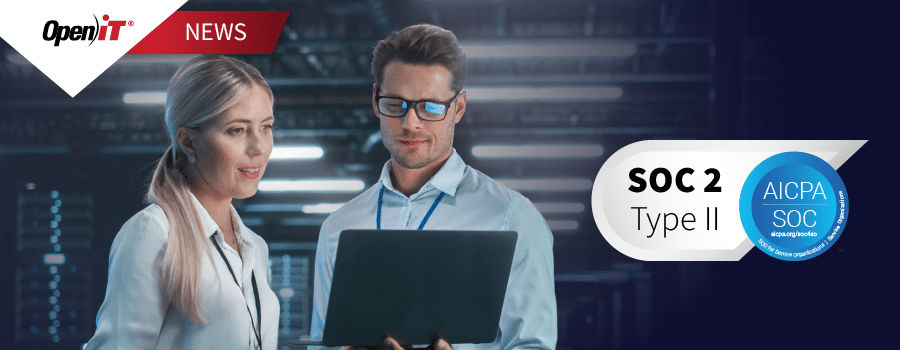In the 11th episode of Talk iT: A SAM for Engineering Podcast, Open iT Business Solutions Consultant Ace Lopez shared five items to look out for in the pursuit of an optimized software asset management (SAM) program.
In case you haven’t listened to the episode just yet, we have summarized the discussion in this article.
Avoid these 5 Software Asset Management (SAM) Pitfalls
1. Failing to select the right software asset management tool
The first pitfall to avoid is the selection of a SAM tool that neither fits your technical environment nor provides you with the data that you actually need.
Just like how there are different shoes for different occasions, there are various SAM tools that manage different types of applications – there is no one tool that can manage varying types of software equally and effectively.
For example, the SAM solution you use for your general applications, such as Microsoft or Zoom, may not be the most effective solution for your engineering applications, such as AutoCAD and MATLAB.
These two types of software require different analyses and approaches due to the difference in costs, licensing models, software usage expectations, and thresholds, as well as complexities in terms of vendor agreements.
Action points:
- Review the requirements of your project. List down which apps are considered high priority and enumerate the difficulties in the management of their software licenses.
- Remember the Pareto Principle? Citing Investopedia, this means that 80% of consequences come from 20% of the causes. So, when selecting a SAM tool, look for one that solves 80% of the problems by targeting 20% of the source.
2. Missing out on professional services
The second pitfall is the lack of recognition of the advantages that professional services can bring to your organization. Simply put, tools cannot replace the value of expert insights.
Even with the right tool, you might not be able to maximize the software usage data that you have collected without knowing how to analyze and interpret that data. Some Managed Service Providers offer professional services and go-to packages that can augment your current ITAM program.
Action points:
- Take stock of the things that your team can and cannot do on their own.
- Look for providers that offer professional services and leverage their expertise.
3. Falling into complacency on internal processes and policies
The third one on the list is falling into a state of complacency regarding internal processes and the implementation of SAM policies.
For example, some managers might rush through a process to implement a spontaneous decision without properly communicating the changes to the other stakeholders.
This can cause friction as employees struggle to keep up with the changes. Last-minute decisions on licensing rearrangements can also lead to lost negotiating opportunities.
Action points:
- Ensure you have visibility on your entire IT estate. Know what is happening to your licenses and how these are being used.
- Take a proactive approach. Wield both real-time and historical data to actively optimize existing assets and prepare for potential challenges.
- Encourage stakeholder buy-in by using the collected usage data to help them get familiar with the landscape.
4. Thinking in low-resolution SAM
The fourth pitfall is looking only at the forest but not the trees. Some organizations get stuck in just acquiring an overview of their software assets.
However, that’s not what visibility is all about. In order to gain valuable insights from your software license usage and uncover how it impacts your bottom line, you need to go beyond the surface and dive deep into the details.
Action points:
- One exercise you can do is to define who your power users are. Generate a user-level report for each application or feature to determine the employees who are actively using the application.
- Look also for license hogs or license campers. Use a heatmap to discover usage that is outside regular working hours.
5. Failing to negotiate effectively with your software vendors
The fifth pitfall is heading into a vendor negotiation unprepared or not negotiating as much as you should.
Some people have the tools, knowledge, and mindset to create an effective SAM strategy. However, these are all for naught if you do not use them to negotiate.
Action points:
- Try asking your software vendors if you can trade your unused licenses for professional services, for another feature or package, or for a different license model. Back up your negotiating position by collecting the right type of data and the right amount of data.
- Be persistent and take the initiative. Vendor negotiations can be tricky. However, with enough preparation and experience, you will eventually be able to establish a good relationship with your vendor and come up with an agreement that benefits both parties.
Conclusion
“Without a proper understanding of what has historically been bad practices, doing better in this new era of SAM is just wishful thinking.”
Ace Lopez, Open iT Business Solutions Consultant
The optimization of any process requires a thorough and consistent review of existing processes with the objective of finding what is working, what is not working, and what must be changed.
In order to respond to the latest challenges that are surfacing in the field of software asset management, it is important that companies deploy the right tool, avail professional services when needed, adopt a proactive and focused mindset, as well as utilize existing resources at the right time.
Open iT Solutions and Services
Whether you are shopping for a complete solution to meter your engineering and business applications or you are on the lookout for professional services to optimize your current SAM strategies, our business solutions consultants can help you achieve your goals.
Schedule a one-on-one discussion with a SAM expert today.






